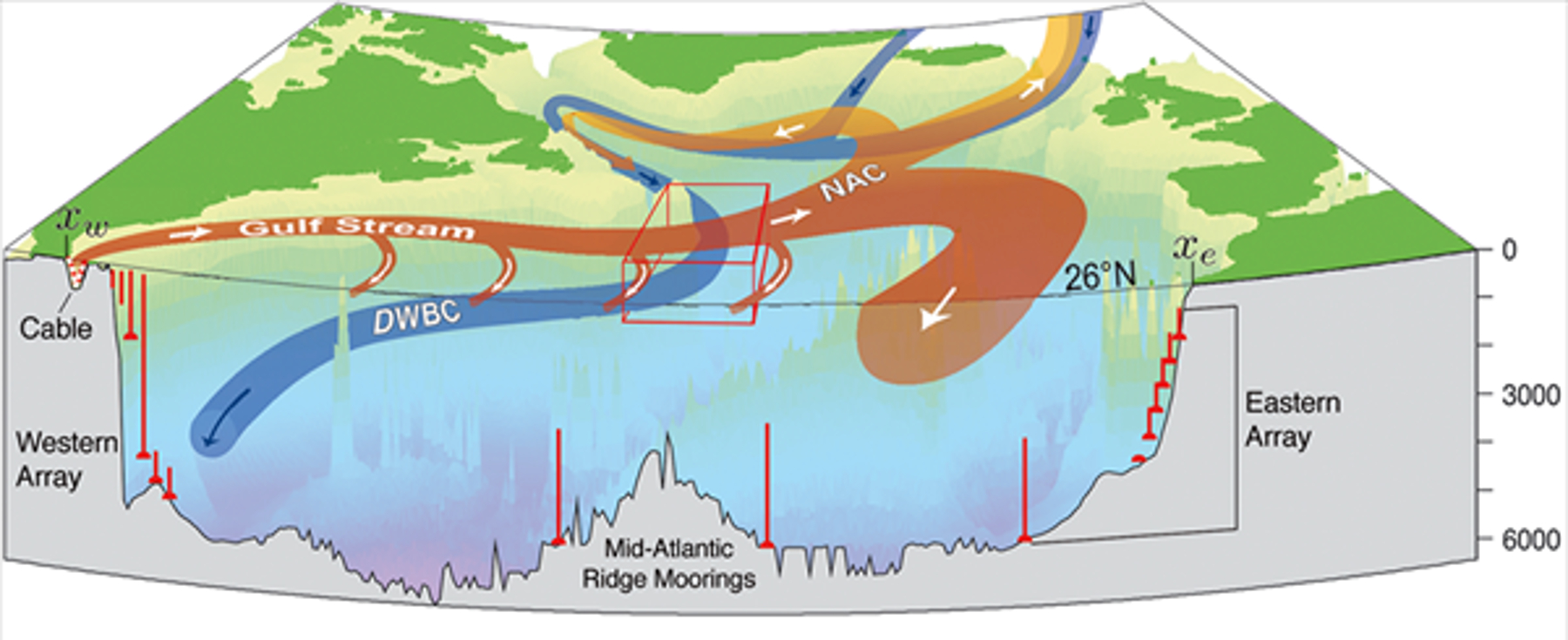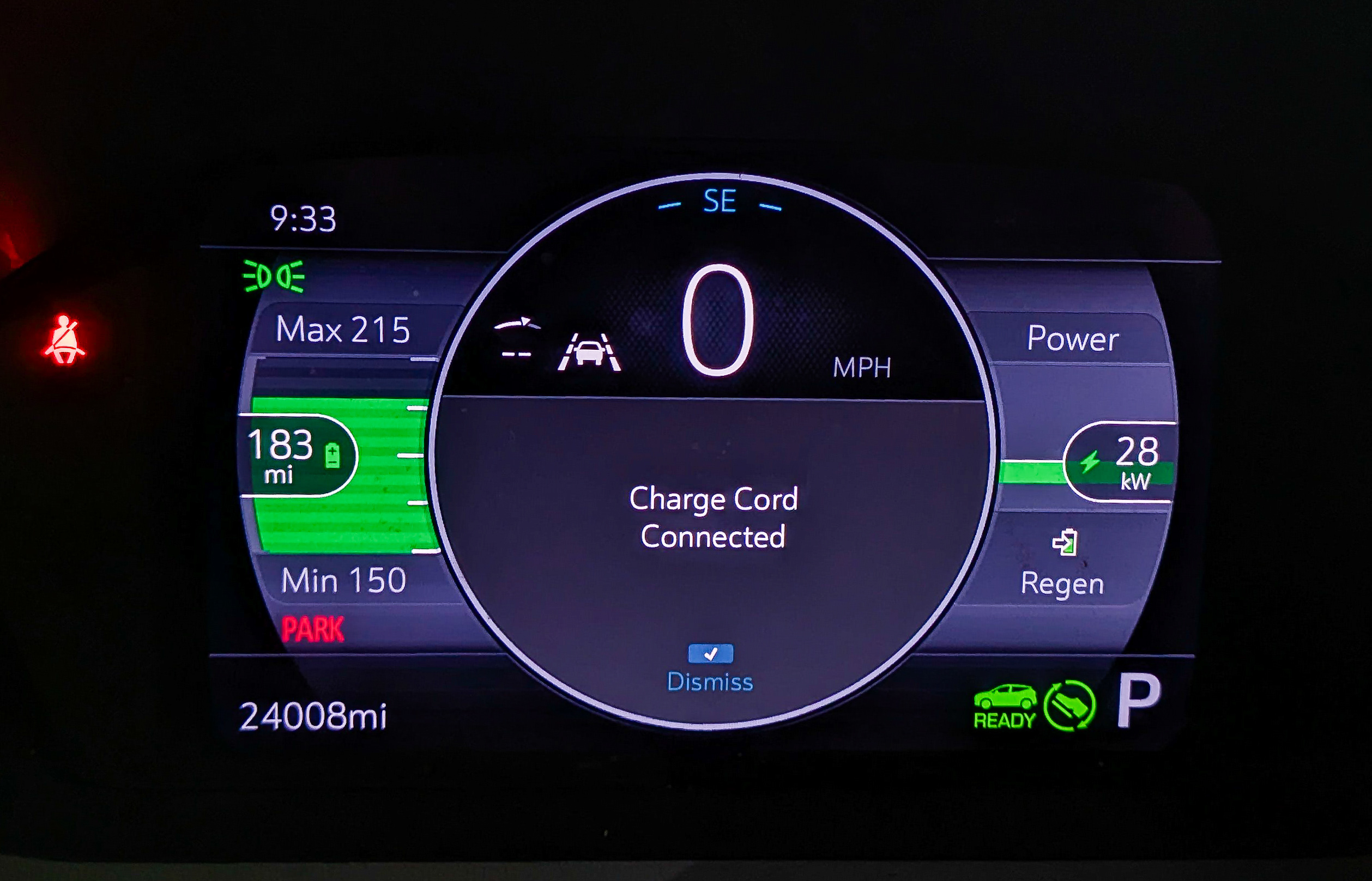Support CleanTechnica’s work through a Substack subscription or on Stripe.
Unsurprisingly, climate risks keep growing. However, it’s not great to hear that one of the possibilities that has concerned me the most for almost two decades is getting more likely. That is the collapse of the Atlantic Meridional Overturning Circulation (AMOC).
The AMOC brings warm water from tropical parts of the Atlantic Ocean up to Europe, where it then cools again and goes back south in a kind of loop.

With carbon emissions continuing to rise, new research finds a 70% chance that the AMOC collapses! This would wreak all kinds of havoc from South American agriculture to the cities of Europe. Even an “intermediate” level of emissions would result in a 37% chance of collapse. And a low-future-emissions scenario still sees 25% chance of collapse happening!
“Scientists have warned previously that AMOC collapse must be avoided ‘at all costs’. It would shift the tropical rainfall belt on which many millions of people rely to grow their food, plunge western Europe into extreme cold winters and summer droughts, and add 50cm to already rising sea levels,” the Guardian writes.
Frankly, even in good scenarios, we are facing extreme risk. Bad scenarios truly should not be given a chance. (Tell that to fossil fuel billionaires and their political puppets, I know.) In some of the models the researchers examined, a “tipping point” was reached even within one or two decades. After hitting that tipping point, “the shutdown of the AMOC becomes inevitable owing to a self-amplifying feedback.” Unfortunately, for too many people, a dollar today is worth more than anything close to climate stability in a decade or two.
One of the people involved in this study, Prof Stefan Rahmstorf of the Potsdam Institute for Climate Impact Research, found the results of the study to be “quite shocking, because I used to say that the chance of AMOC collapsing as a result of global warming was less than 10%.” Great. Even scientists who were already extremely concerned about this are now more concerned. “These numbers are not very certain, but we are talking about a matter of risk assessment where even a 10% chance of an AMOC collapse would be far too high. We found that the tipping point where the shutdown becomes inevitable is probably in the next 10 to 20 years or so. That is quite a shocking finding as well and why we have to act really fast in cutting down emissions.”
Another scientists who was part of the research, Prof Sybren Drijfhout of the Royal Netherlands Meteorological Institute, is no less concerned. “Even in some intermediate and low-emission scenarios, the AMOC slows drastically by 2100 and completely shuts off thereafter. That shows the shutdown risk is more serious than many people realise,” he says. “Observations in the deep [far North Atlantic] already show a downward trend over the past five to 10 years, consistent with the models’ projections.” Yikes.
I imagine you are familiar with the “game” Russian roulette. We are effectively playing Russian roulette with the Earth. However, as time goes on and we don’t effectively cut CO2 and methane emissions enough, we are essentially adding bullets to the cartridge. It is not a smart game to be playing. Alas, it seems that we often are not a smart people.
Featured image via Wikipedia.
Sign up for CleanTechnica’s Weekly Substack for Zach and Scott’s in-depth analyses and high level summaries, sign up for our daily newsletter, and follow us on Google News!
Have a tip for CleanTechnica? Want to advertise? Want to suggest a guest for our CleanTech Talk podcast? Contact us here.
Sign up for our daily newsletter for 15 new cleantech stories a day. Or sign up for our weekly one on top stories of the week if daily is too frequent.
CleanTechnica uses affiliate links. See our policy here.
CleanTechnica’s Comment Policy




